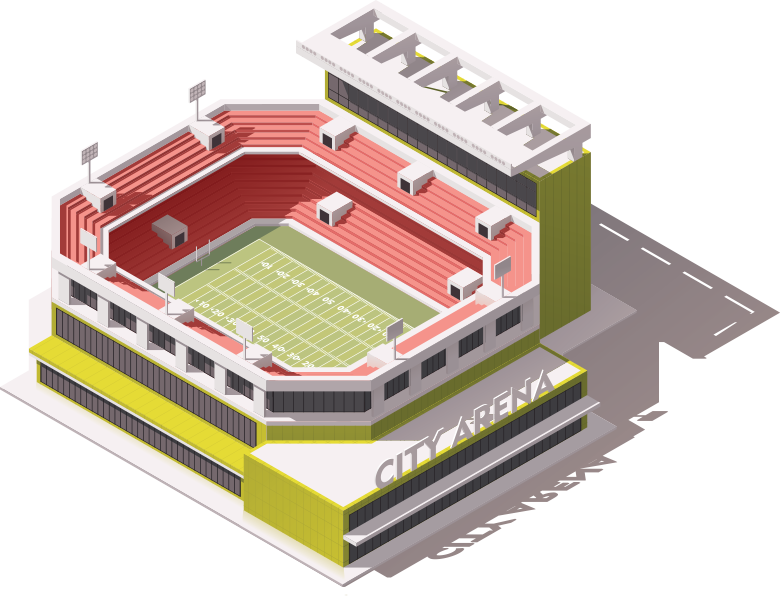I am currently preparing to discuss the concepts of fan engagement and stadium apps with technologists and product owners from around Europe, working with our partners at DeviceMesh.
Stadium apps are smartphone applications used within the context of stadiums and arenas (funnily enough) and are designed to promote and position brands and products to fans attending an event, which more often than not, are sports or music-oriented.

DeviceMesh is a fan engagement app which synchronises the playback of video across devices to create a video wall known as a mesh made out of smartphones and tablets. The effect it creates, when devices are held up at an event, is staggering, and immerses the whole crowd further in to the event.
The HUB role as partners of DeviceMesh is one of user experience design, which in the context of fan engagement, is widened further to encompass CX, or what has become widely known as customer experience. Customer experience starts well before and long after the user engages with a digital device, and addresses such points as acquisition and retention.
DeviceMesh’s CX and UX is designed to allow for easy adoption and onboarding, and for a social take home following the event, and as a stadium app, or event accompaniment app, DeviceMesh has to engage with the customer of the direct client before an event to design and develop content (that is potentially part of a campaign that already ongoing). Obviously, if the digital campaign content is already available and in the public domain, the customer acquisition for DeviceMesh may be considerably easier – in other words, users will have points of association to prompt download of DeviceMesh in order continue their journey with a brand during the event.
However, the most important part of the DeviceMesh UX / CX is right before the mesh starts and during the mesh itself. Our goal was to get the user in to the mesh; once they are there, and the event mesh has begun, the content takes over and the visual effect of thousands of engaged fans holding up their devices is astounding. Fans should still be able to join after the mesh has started, and they can via scanning the device of their neighbour.
We have to remember that without the physical space, the impact of the mesh is diminished. In certain use cases, that is totally fine and by design; business presentations, art installations etc, but clearly the heroes of the DeviceMesh piece are the stadium, arena or space, the immersive content that is used, and the app vehicle itself.
Most apps and software have the key dependency on connectivity be it delivered over mobile data, wifi or otherwise. DeviceMesh does not require a fully connected stadium or arena. In fact, it doesn’t need a connection during the event at all (the user will already have the technology on their device pre-event). But if we have ‘Connected Stadiums’ whereby the event in the stadium are visually connected (think Live Aid, Live8 etc), DeviceMesh can connect all the fans together at the same time in one massive mesh – the technology is exponential and can quite easily synchronise users separated by time zone and distance.
So in this context, our visually connected stadiums are far more emotionally powerful for fan engagement than the traditional meaning of ‘connected stadiums’, those enabling the transfer of data.
Further Reading
Read more about DeviceMesh on www.devicemesh.com